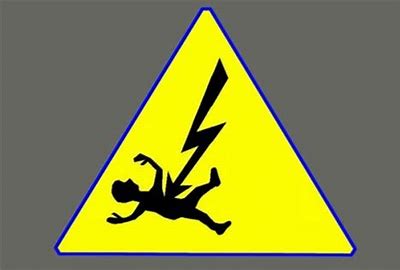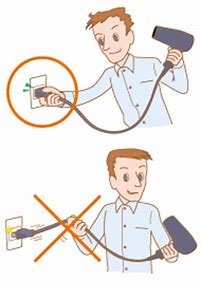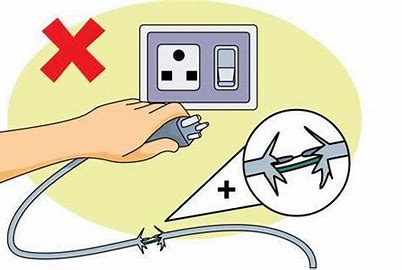You flick the switch for your toast at breakfast,
mid-morning coffee, and to print those important documents, taking the
convenience of electrical equipment for granted. Yet the electricity in regular
businesses and homes has enough power to cause injury or death by
electrocution.

Humans conduct electricity very well. This means that electricity
can easily pass through our bodies, causing injuries that can include cardiac
arrest, burns and muscle, nerve and tissue damage.
Of course, some industries and workers are at higher risk of
electrical injury with the risk of injury strongly linked to where and how
electricity is used. The risks are generally higher if electrical equipment is
used in situations that expose the equipment to moisture, heat, vibration,
mechanical damage, corrosive chemicals and dust.
What are some general safety tips for working with or near
electricity?
- Water and electricity don’t mix.
Ensure your hands are dry before touching appliances or switches, don’t touch
electrical appliances if you are near water, and never use or leave electrical
appliances where they can fall into water.
- Always turn off the appliance
before removing the plug from a power point, and hold the plug, not the cord.

- Tape extension cords to walls or floors when necessary, or use a cover to prevent crushing or other damage in pedestrian and vehicle areas.
- Avoid over-loading power points. Use only one double adaptor per power point.
- Be aware that unusually warm or hot outlets or cords may be a sign that there is unsafe wiring. Unplug any cords or extension cords from these outlets and don’t use them until a qualified electrician has checked the wiring.

Inspect, test and tag
Inspecting and testing of electrical equipment can save
lives by identifying faults. Many electrical defects, such as damaged cords,
can be detected just by examining them, but regular inspection by a licensed
person can pick up electrical faults and deterioration you can’t see. Specified
electrical equipment and safety switches need to be tested at regular intervals
according to the type of work they are used for.